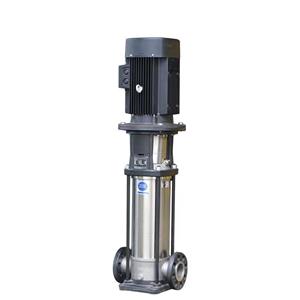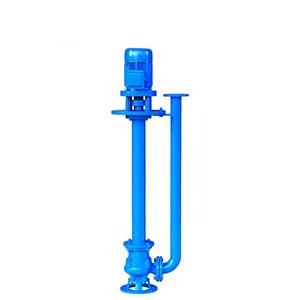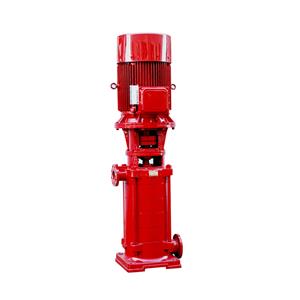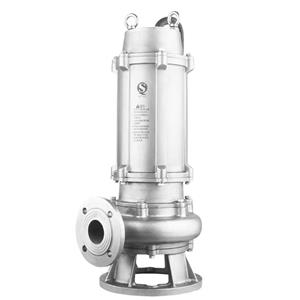-
Industrial pumps are the unsung heroes that play a pivotal and omnipresent role in the vast landscape of modern industries. They are the lifeblood, quietly yet powerfully ensuring the seamless flow of various fluids, be it water, chemicals, or petroleum products.
-
Selecting the right medium for a low - temperature coolant circulating pump involves more than just considering technical aspects; a comprehensive cost - benefit analysis is also essential. This analysis helps in making a decision that not only meets the cooling requirements but also optimizes costs over the long term.
-
When comparing fire pumps and ordinary pumps, their performance metrics reveal significant differences that are essential for their respective applications.
-
Pumps are integral to various industries and daily life, with fire pumps and ordinary pumps serving distinct purposes. Understanding their differences is crucial for proper system design and safety.
-
Fluid transportation systems rely heavily on pumps tailored to specific liquid properties, with oil and water representing two extremes in viscosity and density. This paper examines how these inherent fluid characteristics dictate energy consumption disparities between oil and water pumps, while exploring their respective industrial strengths.
-
The debate over replacing pulp pumps with sewage pumps in industrial operations requires empirical analysis of performance metrics, maintenance costs, and failure patterns. This post examines four representative case studies from global paper and wastewater treatment facilities to evaluate interchangeability feasibility.
-
Advanced diagnostics and predictive maintenance are revolutionizing the way screw pumps are maintained. By leveraging data and technology, operators can predict potential failures before they occur, minimizing downtime and reducing maintenance costs. This post will explore advanced diagnostic techniques and predictive maintenance strategies for screw pumps, supported by real-world examples and data.
-
One of the most effective ways to improve a pump's resistance to cavitation is through the use of advanced materials and coatings. Cavitation damage is primarily caused by the implosion of vapor bubbles, which generates high-pressure shock waves that erode the pump's internal surfaces. By using materials that can withstand these forces, manufacturers can significantly extend the lifespan of their pumps.
-
2602-2025
Application Scenarios
The application scenarios of standard and explosion - proof motors for pumps are as different as night and day. Standard motors find their place in environments where the risk of explosion is negligible. In a typical agricultural setting, for example, water pumps are used to irrigate fields. These pumps are often powered by standard motors. The open - air environment, away from any flammable substances, makes the use of standard motors a cost - effective and practical choice. A farmer in the Midwest of the United States might use a standard - motor - driven pump to draw water from a nearby river or well. The motor's simple design and lower cost make it suitable for this non - hazardous application.
-
In the realm of agricultural irrigation, centrifugal pumps have firmly established themselves as one of the most prevalently utilized pump types. Their widespread adoption can be attributed to a blend of remarkable versatility, high - efficiency operation, and the ability to adapt seamlessly to diverse irrigation scenarios.




